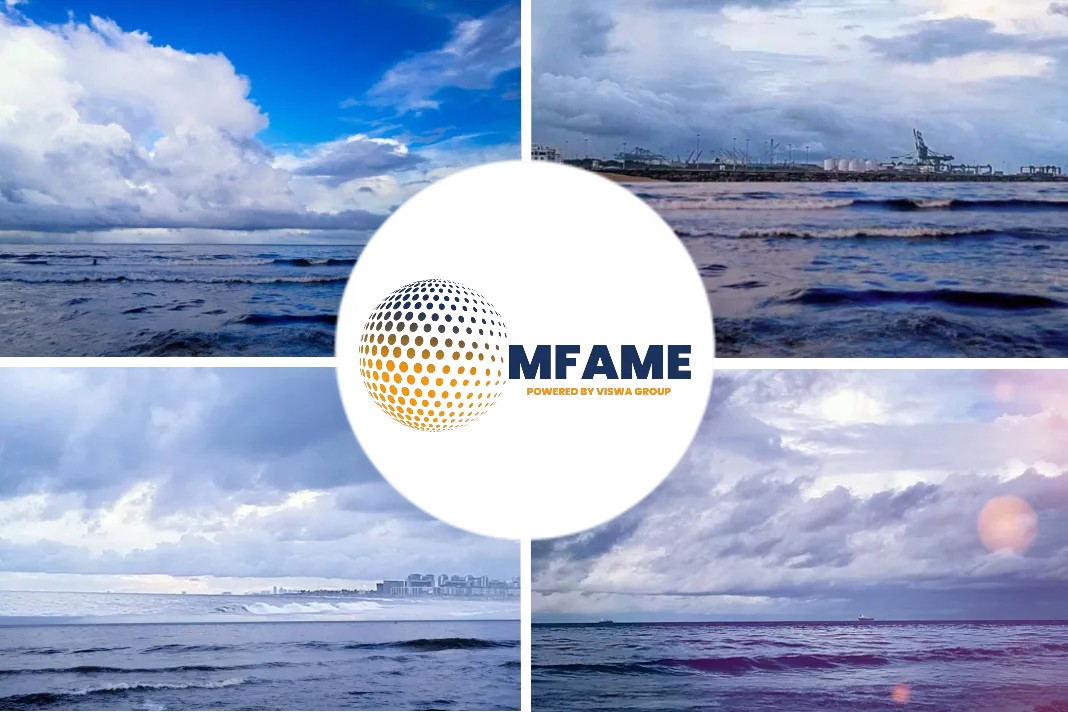- The World Bank has issued a detailed report looking at carbon pricing in shipping.
- It has explored how carbon revenues could strategically be used to enable an effective and equitable energy transition in and beyond the sector.
A recent Splash 247 news report states that World Bank outlines how shipping’s carbon revenues could be spent.
Market-based measures are equal
According to the report, not all market-based measures are equal.
Through a price signal, they all create financial incentives for stakeholders across the industry to change their practices and accelerate the move toward low- and zero-carbon shipping.
However, some of them—for instance carbon levies or cap-and-trade schemes without free allocation of emissions allowances—can also raise significant amounts of revenues.
Additional set of climate and development actions
This enables an additional set of climate and development actions—a unique feature not offered by any other policies.
In shipping alone, carbon revenues could reach an estimated $1trn to $3.7trn by 2050 – or $40bn to $60bn annually, according to World Bank predictions.
The report concludes that the bulk of carbon revenues from shipping should be allocated to the governments of those countries with lower ability to address climate change or shipping emissions—primarily low- and middle-income countries.
Carbon pricing impact on developing economy
The reasoning is simple according to the World Bank: developing economies are more likely to suffer from disproportionately negative impacts by carbon pricing and may not have the necessary resources to invest in low-carbon solutions.
Making them the primary recipients of carbon revenues would help correct this imbalance and ensure a more equitable transition toward a climate-smart future, the report argued.
Dominik Englert, the World Bank economist
Dominik Englert, the World Bank economist who led the production of the report, said carbon pricing could incentivise the switch to clean fuels while also providing a fresh revenue stream to finance enhanced climate action in developing countries.
Much of the money raised ought to go on the the decarbonisation of the shipping industry, including supporting the development of zero-carbon vessels and zero-carbon fuels, building production facilities and distribution networks for clean bunker fuels, upgrading port infrastructure to accommodate these new technologies.
Carbon pricing could generate revenue
Given the considerable revenues that carbon pricing could generate, while reducing GHG emissions from ships effectively, there are also opportunities to direct at least some of these resources beyond the maritime sector, the World Bank suggested.
Using a portion of the carbon revenues to finance the production of greener electricity, for instance, would be an effective way to support the broader energy transition, create jobs, and improve air quality, the World Bank argued.
“As the fight against climate change intensifies, carbon pricing is poised to become an increasingly important part of the development conversation. This applies not only to shipping, but to any sector where technology alone will not immediately achieve the drastic GHG emissions reductions that are needed to keep global climate goals within reach,” the report states.
Did you subscribe to our daily Newsletter?
It’s Free! Click here to Subscribe
Source: Splash247






















